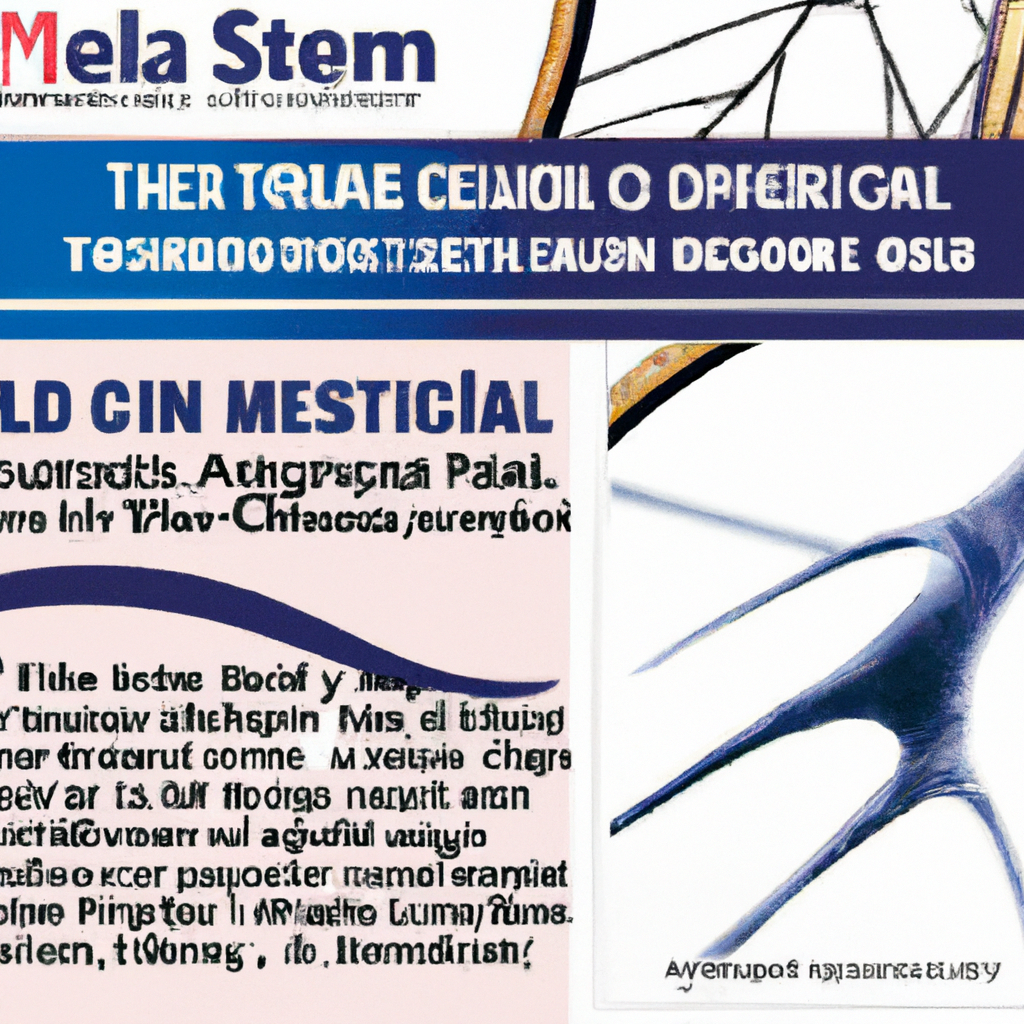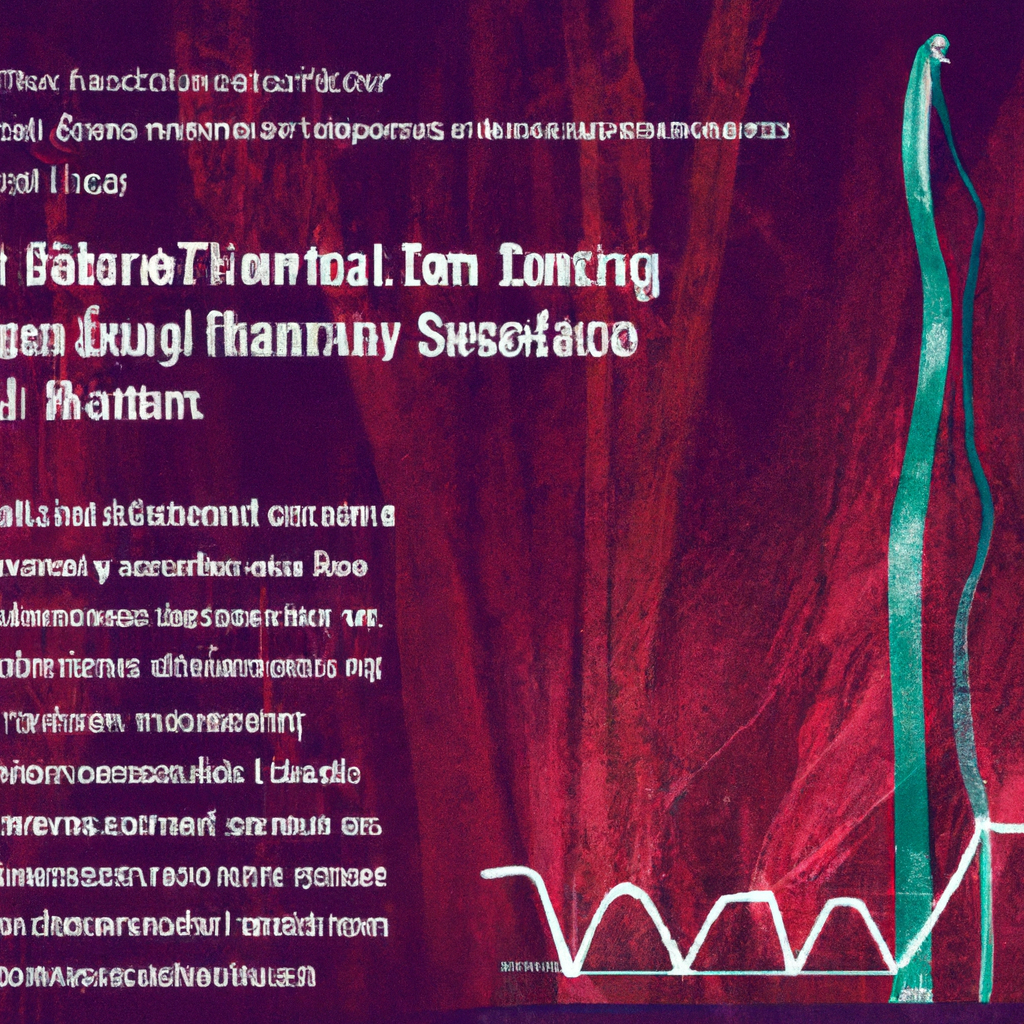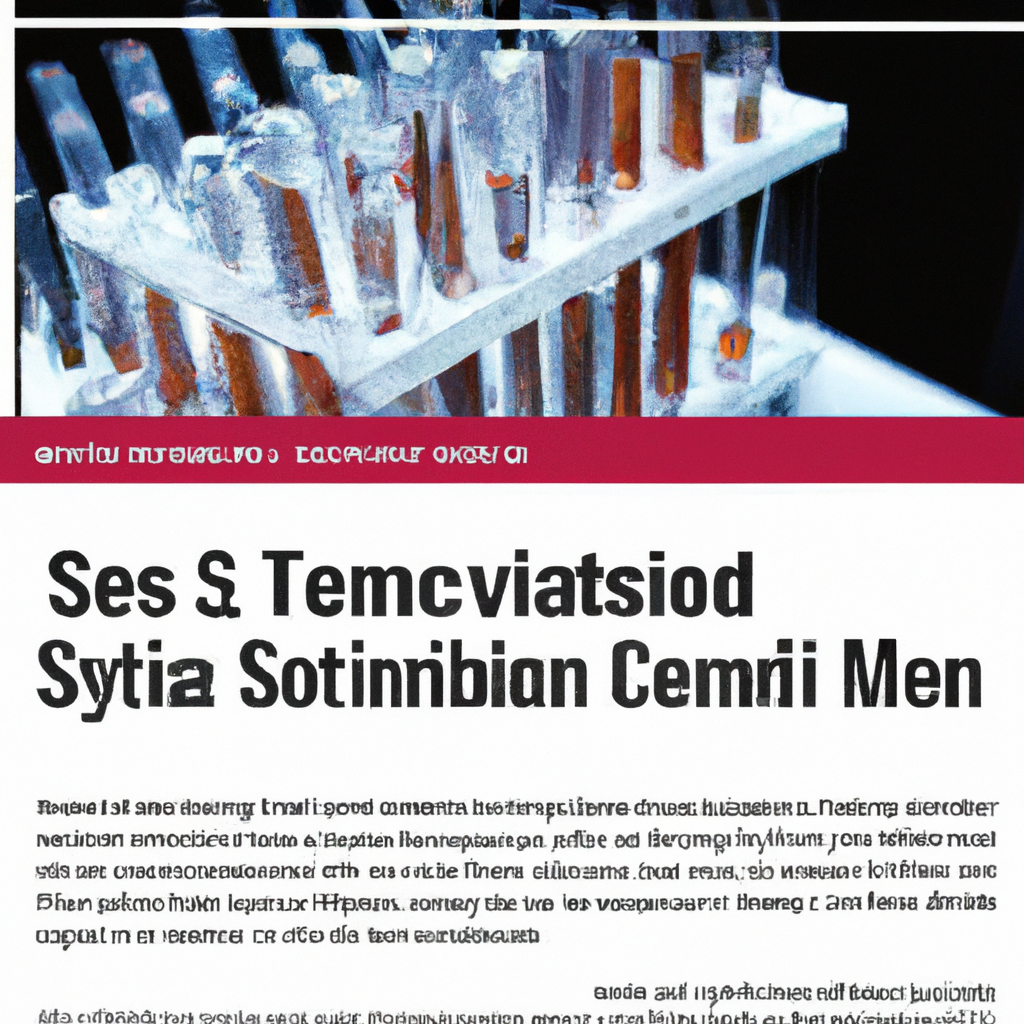If you’re seeking stem cell therapies for orthopedic injuries in Malaysia, you might be wondering how to access these groundbreaking treatments. In this article, we will explore the various avenues available to you, providing a comprehensive guide on accessing stem cell therapies specifically tailored to orthopedic injuries. From understanding the research behind stem cells to navigating the medical landscape in Malaysia, we will provide you with the information you need to make informed decisions about your healthcare. So, let’s begin our journey into the world of stem cell therapies for orthopedic injuries in Malaysia.
Understanding Stem Cell Therapies

What are stem cells?
Stem cells are undifferentiated cells that have the ability to develop into different types of cells in the body. They can self-renew and divide, producing more stem cells, or differentiate into specialized cells with specific functions.
Types of stem cells
There are different types of stem cells, including embryonic stem cells, adult stem cells, and induced pluripotent stem cells. Embryonic stem cells are derived from embryos and have the potential to differentiate into any cell type. Adult stem cells are found in various tissues and can differentiate into specialized cells within that tissue. Induced pluripotent stem cells are adult cells that have been reprogrammed to have pluripotent properties.
Applications of stem cell therapies
Stem cell therapies have shown promise in treating a wide range of medical conditions, including orthopedic injuries. They can be used to repair and regenerate damaged tissues, reduce inflammation, and accelerate healing. Stem cell therapies are being explored for a variety of orthopedic conditions, such as osteoarthritis, tendon and ligament injuries, and fractures.
Orthopedic Injuries and Stem Cell Therapies
Overview of orthopedic injuries
Orthopedic injuries refer to injuries that affect the musculoskeletal system, which includes the bones, muscles, tendons, ligaments, and joints. These injuries can result from trauma, overuse, or degenerative conditions. Common orthopedic injuries include fractures, sprains, strains, and osteoarthritis.

Advantages of stem cell therapies for orthopedic injuries
Stem cell therapies offer several advantages for the treatment of orthopedic injuries. They harness the body’s natural healing process, promoting tissue regeneration and repair. Stem cells can differentiate into the specific cells needed for tissue repair, such as bone cells or cartilage cells. This targeted healing approach can lead to improved outcomes and faster recovery times.
Conditions treated with stem cell therapies
Stem cell therapies are being used to treat a variety of orthopedic conditions. These include osteoarthritis, which is the degeneration of joint cartilage, tendon and ligament injuries, and bone fractures. Stem cells can help regenerate damaged cartilage, strengthen tendons and ligaments, and promote bone healing, providing relief and improving functionality for patients with these conditions.
Regulations and Guidelines
Regulatory bodies overseeing stem cell therapies in Malaysia
In Malaysia, stem cell therapies are regulated by several governmental agencies to ensure safety and efficacy. The Ministry of Health (MOH) plays a key role in regulating stem cell therapies and ensuring compliance with ethical standards. The National Pharmaceutical Regulatory Agency (NPRA) and the Medical Device Authority (MDA) are also involved in the regulation of stem cell therapies.
Legal requirements for accessing stem cell therapies
To access stem cell therapies in Malaysia, certain legal requirements must be met. Patients must receive treatment from registered and licensed clinics that comply with the regulations set forth by the MOH, NPRA, and MDA. The stem cell therapies offered must be approved and registered with the appropriate authorities. Patients may also need to provide consent and undergo a thorough evaluation before receiving treatment.

Ethical considerations
Ethics play a crucial role in stem cell therapies. It is important to ensure that the source of stem cells used for therapies is ethical and aligned with established guidelines. In Malaysia, the MOH and other regulatory bodies have set guidelines to ensure ethical sourcing and use of stem cells. This includes the prohibition of using embryonic stem cells sourced from human embryos.
Finding Accredited Stem Cell Clinics
Researching credible clinics in Malaysia
When seeking stem cell therapies, it is essential to research and choose a credible clinic. Look for clinics that are registered and licensed by the MOH, NPRA, and MDA. Consider the clinic’s reputation, years of experience, and success rates. Reading online reviews and seeking recommendations from trusted sources can also help in finding reputable stem cell clinics in Malaysia.
Accreditation and certifications
Accreditation and certifications are important indicators of a reputable stem cell clinic. Look for clinics that have obtained certifications from recognized organizations, such as the International Society for Stem Cell Research (ISSCR) or the Malaysian Stem Cell Society (MSCS). These certifications demonstrate that the clinic adheres to established standards and guidelines in stem cell research and therapies.
Expert opinions and recommendations
Seeking expert opinions and recommendations can be invaluable when selecting a stem cell clinic. Consult with orthopedic specialists or other healthcare professionals who are knowledgeable about stem cell therapies. They can provide insights and recommendations based on their expertise and experience, helping you make an informed decision about which clinic to choose.
Consultation and Evaluation
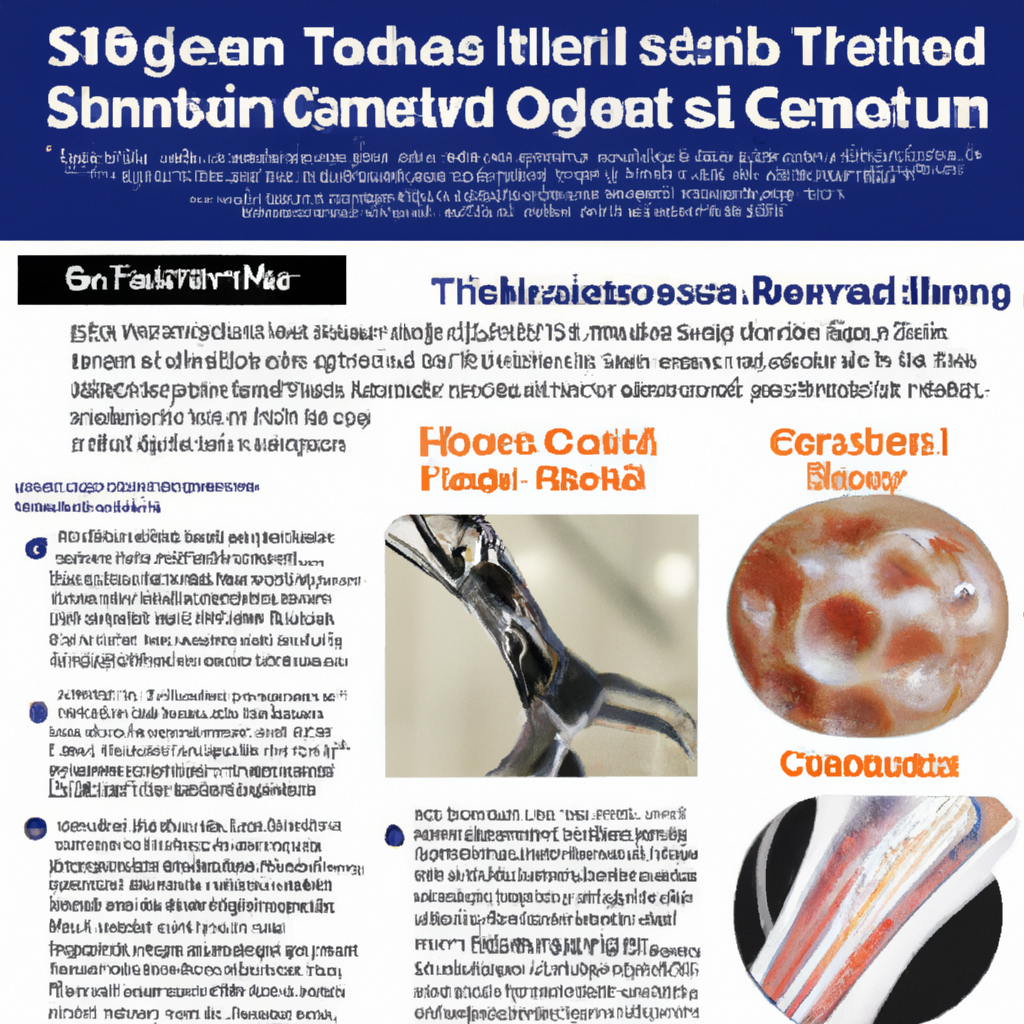
Initial consultation with a stem cell specialist
Before undergoing stem cell therapy for orthopedic injuries, an initial consultation with a stem cell specialist is essential. During this consultation, the specialist will assess your medical history, discuss your symptoms and goals, and explain the potential benefits and risks of the treatment. This consultation allows the specialist to determine if you are a suitable candidate for stem cell therapy and to develop a personalized treatment plan.
Medical history assessment
Assessing your medical history is crucial in determining the appropriateness of stem cell therapy for your orthopedic injury. The specialist will review your previous injuries, surgeries, and medical conditions, as well as any medications or allergies you may have. This assessment helps identify any potential contraindications or factors that may affect the success of the treatment.
Diagnostic tests and imaging
Diagnostic tests and imaging may be conducted to further evaluate your orthopedic injury. X-rays, MRI scans, or other imaging techniques can provide detailed information about the extent and location of the injury. These tests help the specialist determine the most suitable treatment approach, including the type and dosage of stem cells needed.
Treatment Options and Procedures
Different stem cell therapy techniques
There are various techniques used in stem cell therapies for orthopedic injuries. These include bone marrow aspiration, adipose tissue extraction, and amniotic fluid-derived stem cells. In bone marrow aspiration, stem cells are extracted from the patient’s own bone marrow. Adipose tissue extraction involves obtaining stem cells from the patient’s fat tissue. Amniotic fluid-derived stem cells are obtained from the amniotic fluid of healthy donors.
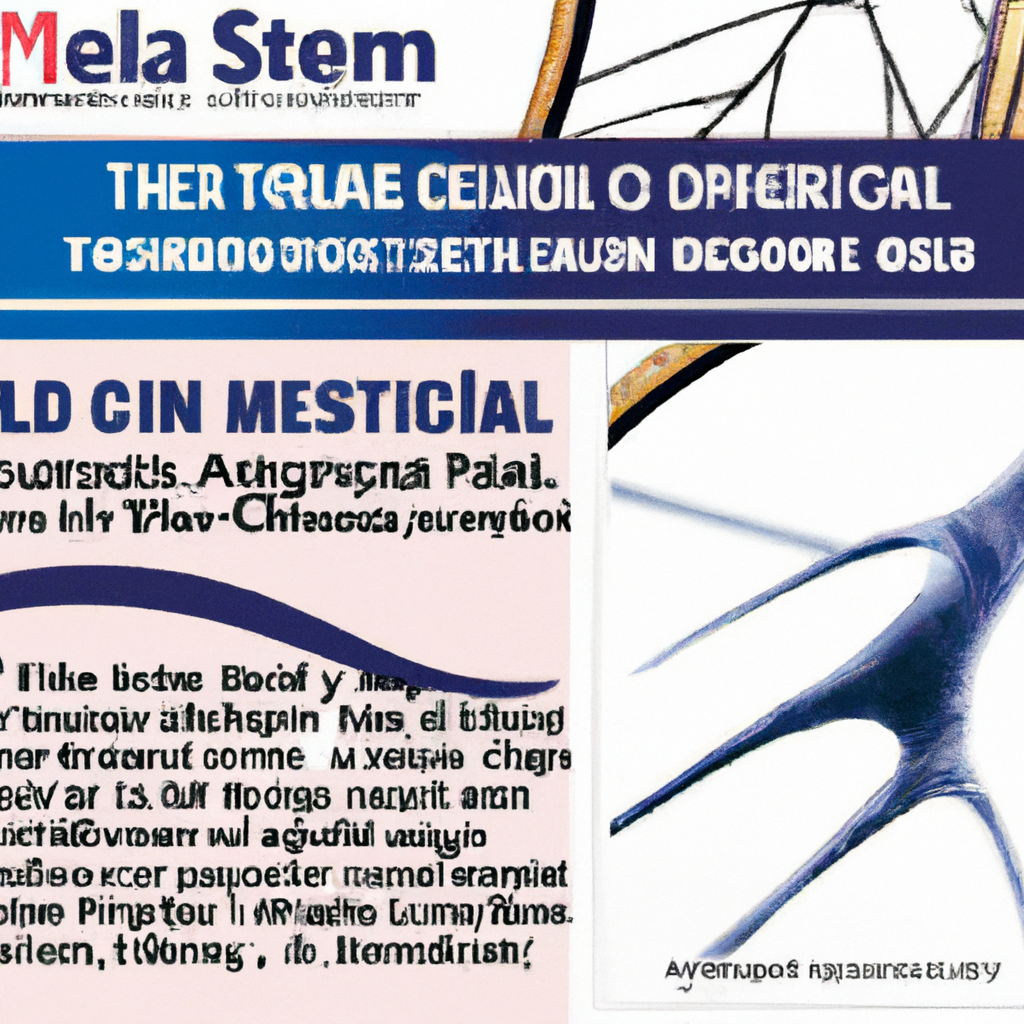
Choosing the most suitable treatment
The choice of treatment depends on various factors, including the type and severity of the orthopedic injury, the patient’s overall health, and the availability of specific stem cell therapies. The specialist will consider these factors when determining the most suitable treatment option. They will also take into account the patient’s preferences and goals for the treatment.
Procedure details and expected outcomes
The procedure for stem cell therapy will depend on the chosen technique and the specific orthopedic injury being treated. The stem cells may be injected directly into the injured area or used in combination with other treatments, such as surgery or physical therapy. The specialist will explain the details of the procedure, including any potential side effects or post-treatment care requirements. The expected outcomes will vary depending on the individual and the specific injury, but may include reduced pain, improved function, and faster healing.
Costs and Financing
Understanding the cost factors
The cost of stem cell therapies for orthopedic injuries can vary depending on several factors. These include the type of stem cell therapy used, the complexity of the injury, the number of treatments required, and the clinic’s fees. Additional costs may include diagnostic tests, imaging, and follow-up visits. It is important to discuss the costs with the clinic and clarify what is included in the total price.
Insurance coverage for stem cell therapies
Insurance coverage for stem cell therapies can vary depending on the insurance provider and policy. Some insurance plans may cover a portion of the costs if the treatment is deemed medically necessary. However, it is important to check with your insurance provider to understand the specific coverage and any requirements or limitations that may apply.
Financing options and payment plans
For patients who require financial assistance, many stem cell clinics offer financing options or payment plans. These options can help make the cost of treatment more manageable. It is recommended to discuss payment options with the clinic and understand the terms and conditions before proceeding with treatment.
Risk Factors and Considerations
Potential risks and complications
While stem cell therapies for orthopedic injuries are generally considered safe, there are potential risks and complications to be aware of. These can include infection, bleeding, allergic reactions, and the possibility of the treatment not achieving the desired results. It is important to discuss these risks with the specialist and weigh them against the potential benefits before making a decision.
Pre-treatment precautions
Before undergoing stem cell therapy, certain precautions may need to be taken. These can include avoiding certain medications or supplements that may interfere with the effectiveness of the treatment or increase the risk of complications. The specialist will provide specific instructions based on your medical history and the chosen treatment approach.
Long-term effects and follow-up care
The long-term effects of stem cell therapies for orthopedic injuries are still being studied. It is important to follow the recommended post-treatment care instructions provided by the specialist. Regular follow-up visits may be necessary to monitor progress, address any concerns, and make adjustments to the treatment plan if needed.
Patient Experiences and Testimonials
Sharing success stories
There are many success stories of patients who have undergone stem cell therapies for orthopedic injuries in Malaysia. These stories highlight the positive impact of these treatments on their quality of life, pain reduction, and improved functionality. Hearing these experiences can provide encouragement and reassurance for individuals considering stem cell therapy.
Patient testimonials and feedback
Reading patient testimonials and feedback can provide valuable insights into the experiences of others who have undergone stem cell therapy for orthopedic injuries. These testimonials can shed light on the efficacy of the treatment, the professionalism of the clinic, and the overall satisfaction of the patients. It is important to consider multiple perspectives and evaluate the credibility of the testimonials.
Real-life experiences
Real-life experiences shared by individuals who have undergone stem cell therapy can provide a firsthand account of the treatment process and outcomes. These personal stories can offer additional perspectives and help individuals understand what to expect during their own treatment journey. It is important to note that every individual’s experience may be different, and outcomes can vary.
Future of Stem Cell Therapies
Advancements in orthopedic stem cell research
The field of orthopedic stem cell research is continuously advancing. Researchers are exploring new techniques to improve the efficacy and safety of stem cell therapies. This includes refining the methods of obtaining and processing stem cells, optimizing delivery techniques, and developing scaffolds and biomaterials to enhance tissue regeneration. Ongoing research aims to further expand the possibilities of stem cell therapies for orthopedic injuries.
Promising developments and ongoing studies
There are several promising developments and ongoing studies in the field of orthopedic stem cell therapies. Researchers are investigating the use of stem cells for tissue engineering, using stem cells to enhance bone and cartilage repair, and exploring combination therapies that incorporate stem cells with other treatment modalities. These developments hold potential for further advancements in the treatment of orthopedic injuries.
Potential impact on the field of orthopedics
The use of stem cells in orthopedic injuries has the potential to revolutionize the field of orthopedics. By harnessing the regenerative and healing properties of stem cells, it may be possible to improve outcomes for patients with orthopedic conditions. Stem cell therapies have the potential to reduce the need for invasive surgeries, improve recovery times, and provide long-term relief for individuals suffering from orthopedic injuries.

